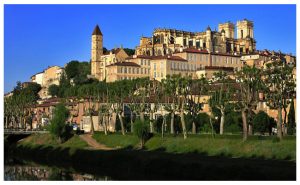 Armagnac is produced in the south west of France in the departments of Gers and Landes in the region known as Gascony. The region has very little industry and the landscape is relatively flat, very green and the people are friendly, living an altogether quieter life than those in Cognac to the north. Indeed, most of the land is given over to agriculture and perhaps well described by Nick Faith, the famous writer on French Brandies, as the land of Fois Gras. An ideal base for armagnac crus.
Armagnac is produced in the south west of France in the departments of Gers and Landes in the region known as Gascony. The region has very little industry and the landscape is relatively flat, very green and the people are friendly, living an altogether quieter life than those in Cognac to the north. Indeed, most of the land is given over to agriculture and perhaps well described by Nick Faith, the famous writer on French Brandies, as the land of Fois Gras. An ideal base for armagnac crus.
The climate is perhaps a little warmer than in Cognac but still enjoys the temperate conditions so necessary for growing grapes. These are made into wine and then distilled into the oldest spirit in the world, armagnac. It was perhaps made famous by the French musketeer d’Artagnan and immortalised by Alexandre Dunas.
There are three armagnac crus, the smallest is Bas Armagnac. However, whilst it is the smallest in land mass, it is the largest armagnac production region making around 57% of all the armagnac produced. The department is in the north west of the region, closest to the Atlantic where, millions of years ago, the sea washed in sandy and silty soil which now produces some of the finest armagnacs. These fine spirits are fruity, light and delicate and regarded as the best armagnacs in the region. The main town in the Bas department is Eauze, a small market town where the BNIA can be found.
To the East of Bas is the second cru of armagnac known as Ténarèze. The department is slightly bigger than Bas and in the centre lies the town of Condom with its beautiful buildings and Armagnac museum. The cru comprises about 40% of all the armagnac vineyards and the armagnacs produced here tend to develop much slower than those in Bas. The clay and limestone soil produces rich and fruity spirits which are often used whilst relatively young to make generic blends.
The largest cru is Haut Armagnac. It surrounds Ténarèze on three sides, north, east and south and the main town is Auch which is in the centre of the region. The cru is often referred to as white armagnac as the soil contains an abundance of limestone. The viticulture was developed here in the 19th century to meet the high market demand but has since dwindled away to only a few producers who make largely uninteresting armagnacs.
Whilst armagnac is not so well known as its big brother cognac, it is a beautiful spirit. It has many rich and fruity flavours, the most common being prune, which can often be identified in the Delord range. They are one of the older producers in the region situated in the top cru, Bas Armagnac.
 Apart from the recent flooding of the Charente, there is very little news from the Cognac region this winter 2021 as France went into a second national lockdown from October to December 2020. It had hoped to reopen cinemas, museums and theatres in January, followed by bars, restaurants, gyms and cafés later in the month but now, this will not be possible until mid-February at the earliest. A partial closure of the border with the UK will remain in place until further notice with second-home owners, tourists and those visiting family all barred. The country remains under an 8pm – 6am curfew but an earlier 6pm to 6am curfew – already in place in parts of Eastern France (see map) – is set to be extended to other areas. Although France is doing better than some of its neighbours, the number of Covid patients remains high.
Apart from the recent flooding of the Charente, there is very little news from the Cognac region this winter 2021 as France went into a second national lockdown from October to December 2020. It had hoped to reopen cinemas, museums and theatres in January, followed by bars, restaurants, gyms and cafés later in the month but now, this will not be possible until mid-February at the earliest. A partial closure of the border with the UK will remain in place until further notice with second-home owners, tourists and those visiting family all barred. The country remains under an 8pm – 6am curfew but an earlier 6pm to 6am curfew – already in place in parts of Eastern France (see map) – is set to be extended to other areas. Although France is doing better than some of its neighbours, the number of Covid patients remains high.
 Armagnac
Armagnac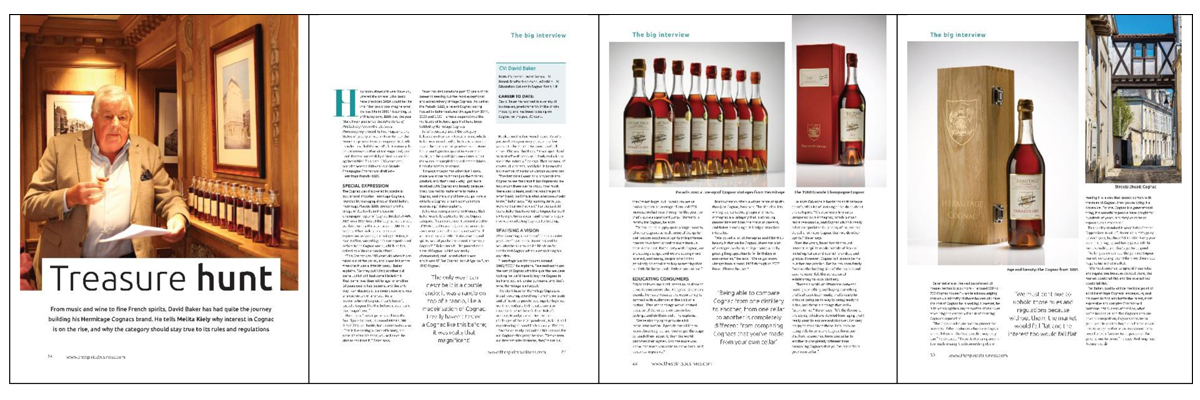
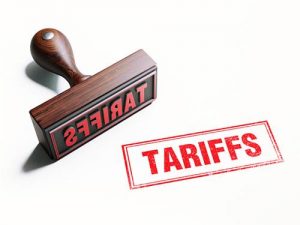 We waited with bated breath as the final details of the UK’s Brexit deal were agreed in December and were pleased to learn that there will be no tariffs due on the importation of
We waited with bated breath as the final details of the UK’s Brexit deal were agreed in December and were pleased to learn that there will be no tariffs due on the importation of 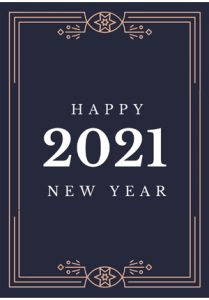 It is not the New Year 2021 many of us had hoped for but let’s hope there are improvements later in the year. We would like to thank all of our customers for their business to date and hope they stay safe and well during the forthcoming months.
It is not the New Year 2021 many of us had hoped for but let’s hope there are improvements later in the year. We would like to thank all of our customers for their business to date and hope they stay safe and well during the forthcoming months.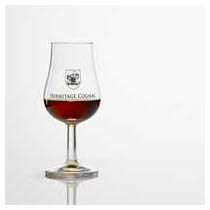 The digestif is an alcoholic drink served after dinner to aid digestion. So, one may ask, does it? Well yes it does. I guess that you would expect me to say this as
The digestif is an alcoholic drink served after dinner to aid digestion. So, one may ask, does it? Well yes it does. I guess that you would expect me to say this as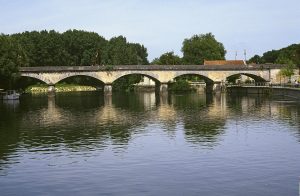 Once again at this time of the year we turn our attention to the harvest, the quality and size of this year’s crop. During a visit to the Charente a couple of months ago, in Autumn 2020, I was able to see the vineyards for myself and make a judgement as to the size of the potential harvest. Even then it was apparent that it was going to be big, providing the rain came at the right time. Well, the rain did come, not quite at the right time but enough to produce a substantial harvest. Although we do not have the final quantity yet, figures of around one million hectolitres of pure alcohol are being talked about. That is around 365 million bottles of
Once again at this time of the year we turn our attention to the harvest, the quality and size of this year’s crop. During a visit to the Charente a couple of months ago, in Autumn 2020, I was able to see the vineyards for myself and make a judgement as to the size of the potential harvest. Even then it was apparent that it was going to be big, providing the rain came at the right time. Well, the rain did come, not quite at the right time but enough to produce a substantial harvest. Although we do not have the final quantity yet, figures of around one million hectolitres of pure alcohol are being talked about. That is around 365 million bottles of 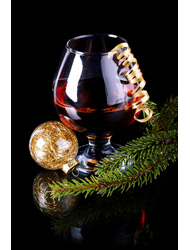 For Christmas deliveries to addresses in the UK please ensure your orders are with us by 10 am on Tuesday 22nd December 2020.
For Christmas deliveries to addresses in the UK please ensure your orders are with us by 10 am on Tuesday 22nd December 2020.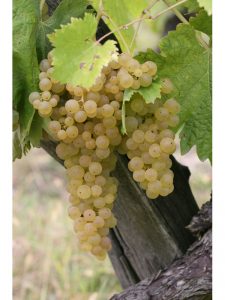 The
The  We have lots of bargains running during November which will hopefully ease the pain of another Lock Down a little. We are having our usual Black Friday Weekend Sale from 27 – 30 November inclusive. Look out for some irresistible bargains to boost your drinks cabinet this Christmas. Remember to check the website early as stocks will be limited.
We have lots of bargains running during November which will hopefully ease the pain of another Lock Down a little. We are having our usual Black Friday Weekend Sale from 27 – 30 November inclusive. Look out for some irresistible bargains to boost your drinks cabinet this Christmas. Remember to check the website early as stocks will be limited.